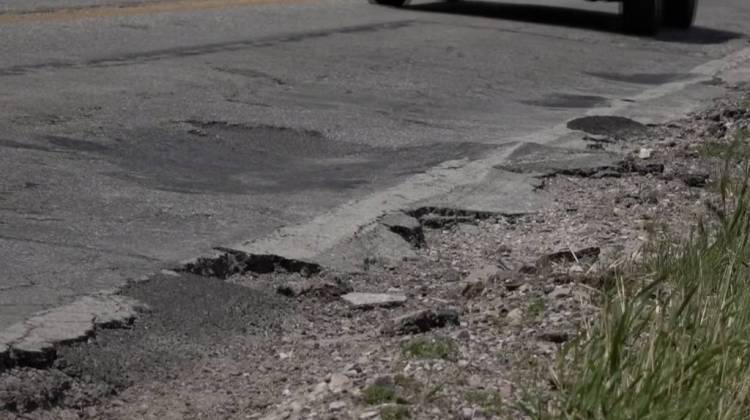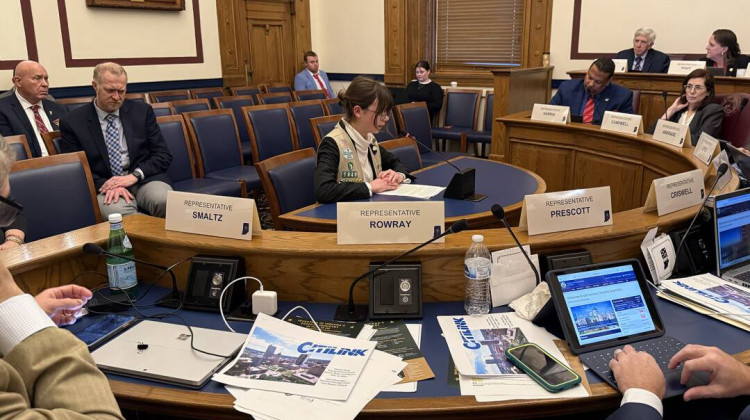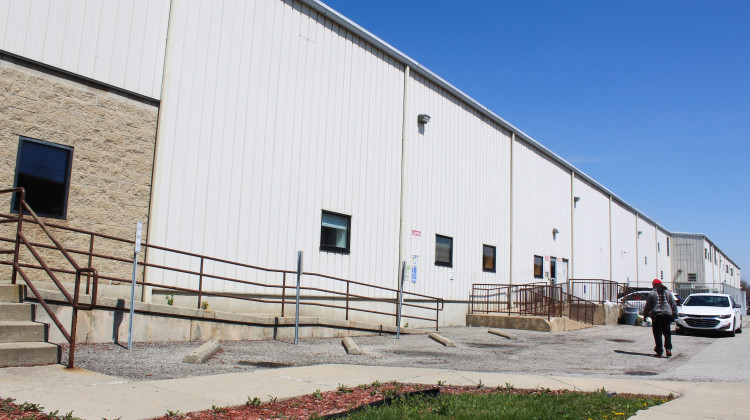
In a SAVI mapping project from Indiana University’s Polis Center, census tract-level accounting of unemployment claims helps to spatialize pandemic-related job loss in a similar manner to how our housing loss index spatially visualizes displacement.
Courtesy of New America FoundationA New America Foundation report released Wednesday shows the widespread impact of evictions and foreclosures in Marion County. From 2014 to 2018, the county had a housing loss rate of 4.9 percent. About 17,500 households lost their homes each year.
New America’s Yuliya Panfil says the report takes a deep dive into census statistics to find which neighborhoods are in danger.
“Who is most at risk of losing their home, why and what happens when they do,” Panfil said.
New America found neighborhoods on the edge of downtown generally had above-average rates of eviction. The report also found Latinx and Black renters are the groups most at risk for evictions. And census tracts with lower property values and lower monthly housing costs had higher rates of evictions and foreclosures.
The report found that about 46 percent of households rent their homes, but renters make up about 75 percent of housing loss in Marion County. The renter eviction rate for Marion County was 6.8 percent between 2014 and 2018.
READ MORE: Displaced in America - Mapping Housing Loss Across the United States
Panfil says the report can help guide future housing policies — including relief for COVID-19 related housing loss.
“What this research does is it helps local policy makers predict the specific neighborhoods in which they can expect evictions, for example, to be the most acute,” Panfil said. “And start thinking ahead about how to direct rental assistance and other assistance into those neighborhoods.”
The report also examined Forsyth County, North Carolina and Maricopa County, Arizona.
 DONATE
DONATE










 Support WFYI. We can't do it without you.
Support WFYI. We can't do it without you.